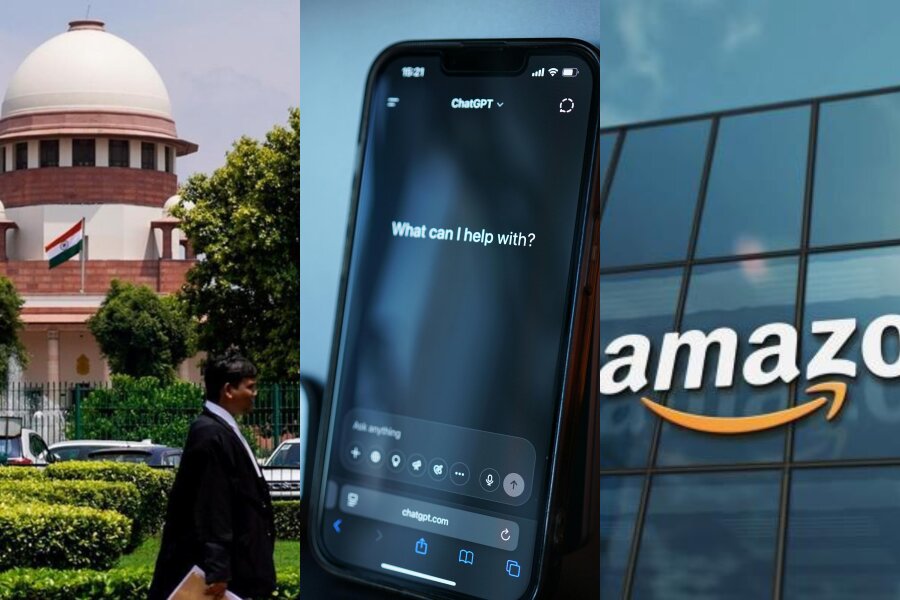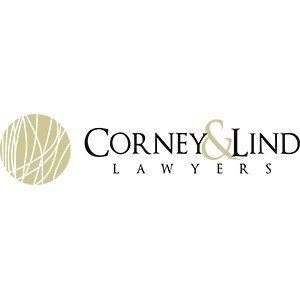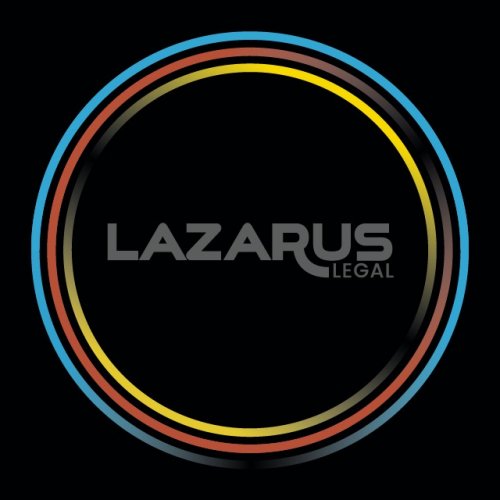Best Art & Cultural Property Law Lawyers in Australia
Share your needs with us, get contacted by law firms.
Free. Takes 2 min.
Or refine your search by selecting a city:
List of the best lawyers in Australia
About Art & Cultural Property Law in Australia
Art & Cultural Property Law in Australia is a specialized area of law that deals with the creation, protection, ownership, and transaction of art and cultural property. This includes not just visual arts but also music, literature, films, and any form of creative expression. In Australia, the law in this area is influenced by international treaties, federal laws, and state laws. Issues can range from intellectual property rights to the protection and repatriation of Indigenous cultural heritage. Legal frameworks also aim to address the illegal trafficking of cultural artifacts and ensure the protection of cultural heritage for future generations.
Why You May Need a Lawyer
There are several situations where individuals or institutions might require legal assistance in Art & Cultural Property Law:
- Disputes regarding the ownership or provenance of art and artifacts.
- Negotiating the sale or loan of artworks, especially across international borders.
- Licensing and protection of intellectual property rights in works of art.
- Assisting Indigenous communities in the protection and repatriation of cultural heritage items.
- Defending against allegations of unlawful acquisition or exportation of cultural property.
- Advising artists on copyrights and rights management.
Local Laws Overview
Australia's legislation around Art & Cultural Property Law includes the Protection of Movable Cultural Heritage Act 1986, which controls the import and export of cultural property. The Aboriginal and Torres Strait Islander Heritage Protection Act 1984 plays a crucial role in safeguarding Indigenous heritage. Additionally, Australia is a signatory to several international treaties such as the UNESCO Convention on Cultural Property and the UNIDROIT Convention on Stolen or Illegally Exported Cultural Objects which influence national policies and practices.
Frequently Asked Questions
What is cultural property?
Cultural property refers to items that hold cultural, historical, or archaeological significance. It encompasses fine art, historical manuscripts, unique crafts, and Indigenous cultural heritage.
Who has the legal authority over Indigenous cultural property?
In Australia, both federal and state laws govern Indigenous cultural property. Indigenous communities also hold customary rights that can influence decisions about the handling of such property.
How does Australian law protect artists' copyrights?
Australian copyright law protects creators by providing them with the exclusive right to use and distribute their works. This includes visual art, music, literature, and more.
Can I import cultural artifacts into Australia?
Importing cultural artifacts may require special permits and compliance with both Australian and international laws to ensure the legality of such transactions.
What is the legal process for proving provenance?
Provenance refers to the documented history of an artwork or artifact's ownership. Legally, provenance can be established through bills of sale, auction records, and previous ownership documentation.
Is it legal to reproduce famous artworks in Australia?
Reproducing artwork is legal as long as it complies with copyright restrictions. Permission from the copyright holder may be needed unless the work is in the public domain.
How can Indigenous groups reclaim cultural artifacts?
Indigenous groups can work with legal experts to navigate national and international frameworks that facilitate the repatriation of cultural artifacts.
What should galleries consider legally when displaying art?
Galleries need to ensure they have legal permission to display artworks, respect artists' moral rights, and adhere to any insurance requirements.
What role does UNESCO play in cultural property law in Australia?
UNESCO provides guidelines and frameworks, like the 1970 Convention, which Australia adheres to for the protection and return of cultural property.
How can disputes over art ownership be resolved?
Disputes can be resolved through negotiation, mediation, arbitration, or litigation, depending on the complexity of the case and the willingness of parties to settle in or out of court.
Additional Resources
For further assistance in Art & Cultural Property Law, you may refer to the following resources:
- Australian Copyright Council
- Arts Law Centre of Australia
- Department of Infrastructure, Transport, Regional Development, and Communications
- Australia Council for the Arts
- International Council of Museums (ICOM) Australia
Next Steps
If you require legal assistance in Art & Cultural Property Law, consider the following steps:
- Document all relevant details pertaining to your case, including artwork provenance, contracts, and correspondence.
- Consult with a lawyer specialized in Art & Cultural Property Law to discuss your situation.
- Prepare any necessary evidence or documentation to support your legal position.
- Explore legal networks or organizations dedicated to art and cultural property issues for potential support.
Lawzana helps you find the best lawyers and law firms in Australia through a curated and pre-screened list of qualified legal professionals. Our platform offers rankings and detailed profiles of attorneys and law firms, allowing you to compare based on practice areas, including Art & Cultural Property Law, experience, and client feedback.
Each profile includes a description of the firm's areas of practice, client reviews, team members and partners, year of establishment, spoken languages, office locations, contact information, social media presence, and any published articles or resources. Most firms on our platform speak English and are experienced in both local and international legal matters.
Get a quote from top-rated law firms in Australia — quickly, securely, and without unnecessary hassle.
Disclaimer:
The information provided on this page is for general informational purposes only and does not constitute legal advice. While we strive to ensure the accuracy and relevance of the content, legal information may change over time, and interpretations of the law can vary. You should always consult with a qualified legal professional for advice specific to your situation.
We disclaim all liability for actions taken or not taken based on the content of this page. If you believe any information is incorrect or outdated, please contact us, and we will review and update it where appropriate.
Browse art & cultural property law law firms by city in Australia
Refine your search by selecting a city.

















